When JCRC was founded in 1944, the overwhelming majority of American Jews affiliated with the major Jewish institutions who created us to represent their interests in the broader civil society. Today, according to the 2015 Greater Boston Jewish Community Study, the numbers who affiliate with our “legacy” organizations is below 40%. For JCRC, this shift in affiliation toward other kinds of Jewish communities raises important questions about our work as an organization and as a community. If our legitimacy and authority as JCRC to speak on behalf of the organized Jewish community in the public square derives from our member organizations; how do we earn the authority to speak for those who are not joining our institutions? If we believe that there is still value and need for Jews to come together across our diversity to speak and act as one community, how do we continue to effectively speak with one communal voice in this era of changing engagement?
These questions were at the center of a retreat we held with our Board this week. We invited a panel of leaders from diverse parts of the “millennial” community. Our panelists were all deeply engaged in vibrant Jewish communities, though none was affiliated with legacy institutions of our “organized Jewish community.” They were eager to share their insights and perspectives in service to our shared goal of building a strong and enduring Jewish community, one that reflects and animates our most cherished values.
We heard sobering feedback about how we in legacy organizations are seen by many millennials. The options we offer them are often seen as limited and conditional; our institutions can feel too big and impersonal; they don’t foster the kinds of connections that these young people crave. Though our organizations aspire to be welcoming, from their perspective, they tell us that we’re not actively inviting and reaching out to the next generation in ways that matter to them. They tell us that we’re not as fluid and flexible as the smaller self-organized groups with which they identify, that we can’t pivot easily to respond to new and emerging interests and priorities.
The good news? All of our speakers affirmed the value of being part of a broader Jewish community. They articulated an understanding of their connection with other parts of the Jewish community, with our history, structure, and resources. And they had valuable guidance to offer about how to forge those connections in ways that would benefit us all.
Simply put, they are invested not only in their personal Jewish identity, and in their personal Jewish communities, but also in having an identity connected to broader Jewish community, albeit maybe on their own terms in ways that are uncomfortable to many of us who were listening.
They offered us a different mindset and urged us to operate in new ways that challenge old assumptions.
Above all, we were urged to figure out how Judaism fits into the world of millennials, rather than how they fit into our structures. Hearing about the meaning and joy created by the communities that our panelists helped to build underscored the seemingly infinite variety of Jewish experience we are now witnessing. I am filled with hope about our future as these, and other young leaders, take the helm. And I left committed to learn and listen more deeply about how we can work together to build the community and structures that will offer effective engagement and collective ability to act for 2044 and beyond. We don’t yet have the answer as to what that will look like and how to get there, but we’re learning to ask the right questions of the right people.
Shabbat shalom,
Jeremy




